Motion Capture: What is it and why is it important?
At Brave, our mission is to make motion capture accessible. Our real-time motion tracking technology pairs with a data analysis software platform to provide objective, actionable feedback to coaches and athletes across all sports as they work together to unlock better performance and reduce potential injuries. But first, what is motion capture? Why is it important? Read on to find out more about this technology and how Brave has revolutionized its power and accessibility.
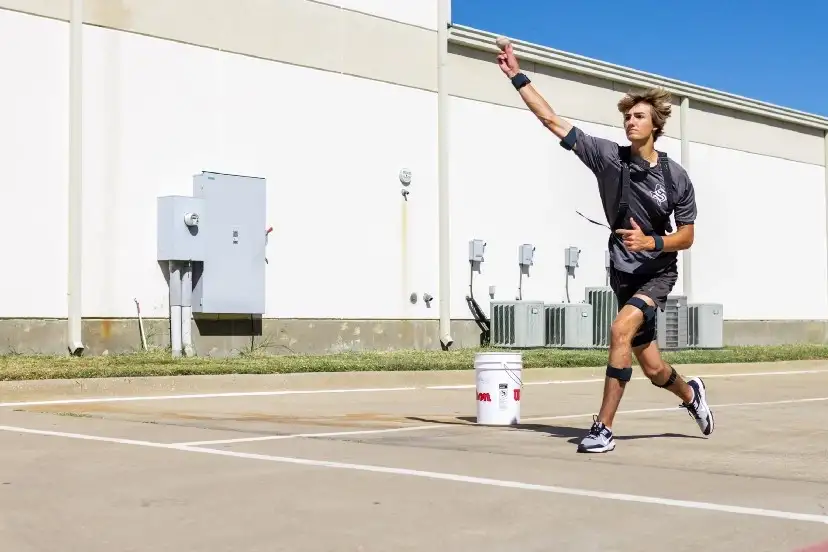
What is motion capture?
Motion capture is simply the process of recording movement. It is used in entertainment to capture specific motions for animations, in medicine for doctors to diagnose and treat their patients, and in sports for athletes to improve their physical performance. In more technical terms, motion capture uses sensors, whether they be on- or off-body, to record objective data such as joint kinematics, global orientations, and force analysis.
In the past, this data could only be measured in a lab filled with expensive cameras, treadmills, and markers, but now, wearable motion capture brings the data to you. At Brave, our motion capture technology eliminates the need for cameras and provides a wearable alternative to capture movement in athletes anywhere, anytime. A series of wearable, adjustable sensors work together to provide accurate objective data to ensure performance improvement and reduce risk of injury in athletes.
Liam's Story
Imagine a high school football player named Liam. His school’s starting quarterback but he hasn’t been throwing as well as he had anticipated this season. His completion percentage is only 53% and he knows that his team will not be able to make it to the playoffs if he keeps throwing this way.
After practice one day, his coach pulls him aside and asks if he would like to try something different to help improve his throw. Liam agrees, hopeful for any improvement in his performance. His coach introduces him to Valor: motion capture used to pinpoint inefficiencies in throwing form and then work to alter it. Although a bit hesitant to turn to science for answers, Liam reads the testimonies of many other athletes who used Brave’s Valor to drastically improve their performance and decides to try it.
The next day, he and his coach meet at their training center, where Liam puts on the Valor sensors all over his body and throws a few footballs to several desired targets. The sensors immediately pick up on the fact that Liam is throwing shoulder-first instead of leading with his hips to throw the football. His coach relays this information to him as he watches his player’s movement on the Valor software.
“You should begin rotating your pelvis, then your torso, and finally your shoulder to properly throw a football,” he says
On the screen, it shows that Liam tends to throw the ball with only his shoulder. The Valor report tells him that if he can find a way to engage his hips, he will see better results on the field.
For the next month, Liam focuses solely on rotating his hips as he throws the football. Whether it be a gentle pass or a 40 yard throw, he notices that hip rotation has a big role to play in controlling the velocity of a throw. In his games, his teammates start to receive a greater amount of his passes. Now, his completion percentage has grown to 60%. For the rest of the season, Liam keeps on improving his throw and takes his team all the way to the playoffs. He also begins to receive college recruiting offers from several universities across the country.
Why is motion capture important?
Motion capture provides objectivity – the basis of our increasingly data-driven world. In sports, statistics have come to influence every movement, every play call, and every minute decision. Instead of getting clouded in subjective opinion, motion capture cuts straight to the facts: the numbers, the data. Moreover, physical inefficiencies that were once missed with video are now highlighted by motion capture. This technology captures and analyzes the appropriate metrics, which are then interpreted by a professional and can help improve a player’s coordination and athletic ability.
is and always will be the most important aspect in a player’s career. As the clock inevitably ticks on during an athlete’s career, motion capture is there to save time. By quickly identifying faulty movements and correcting them using calculated, data-fueled methods, an athlete can truly improve their trade.
Granting access to previously exclusive technology, wearable motion capture has and will revolutionize the rapidly growing field of motion capture. Brave’s wearable motion capture technology has turned motion capture into a superpower for anyone’s hands, even yours. After all, we have and always will prioritize and emphasize
motion capture made accessible.
More blogs by Brave Virtual Worlds

About the Fundamental Human Movements.
In strength and conditioning training, athletes perform certain movements to train major muscle groups and improve performance. Incorrect movements can be very detrimental to an athlete’s body, so strength and conditioning teaches athletes how to move properly...

Julia Duarte
—
2022/08/10

Motion Capture: What is it and why is it important?
At Brave, our mission is to make motion capture accessible. Our real-time motion tracking technology pairs with a data analysis software platform to provide objective, actionable feedback to coaches and athletes across all sports as they work together to unloc...

Julia Duarte, Geno Lunsford
—
2022/08/10
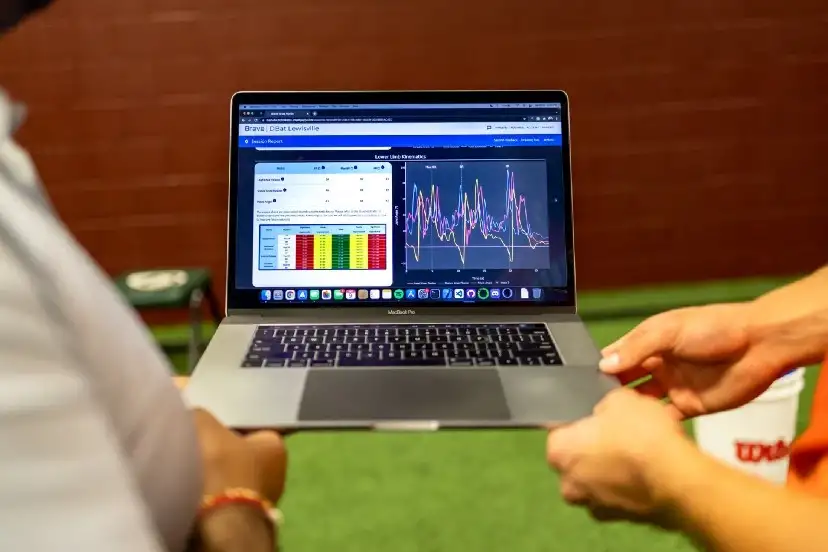
Brave vs the Competition.
Everyday, athletes compete to push the limits of human performance, and technology adapts alongside them to assist in achieving their performance goals. Wearable motion capture has developed to become one of these many technologies used to advance and improve...

Julia Duarte
—
2022/08/10
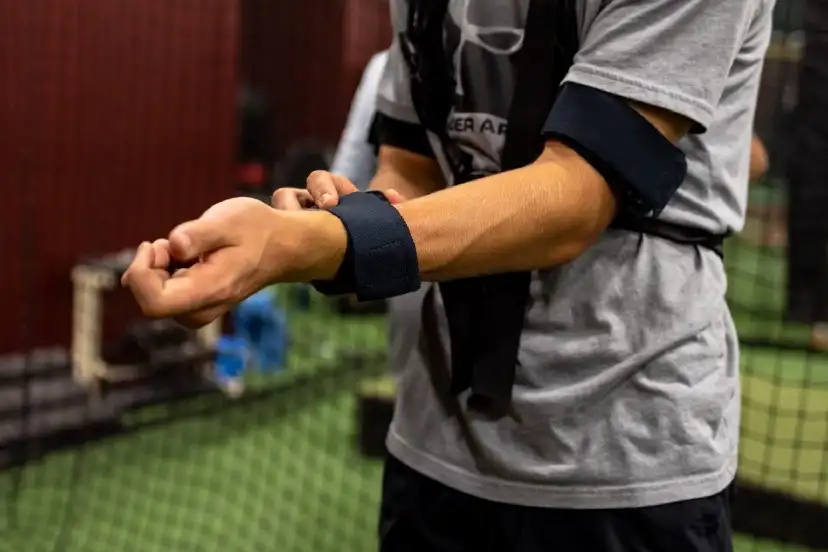
How Can Wearable Motion Capture Drive Revenue For Your Facility?
Wearable motion capture can enhance athletes’ everyday training practices. With it, players can receive objective feedback on their body movements and make adjustments accordingly. Instead of relying only on a coach for instruction, athletes become exposed to...

Julia Duarte
—
2022/08/10
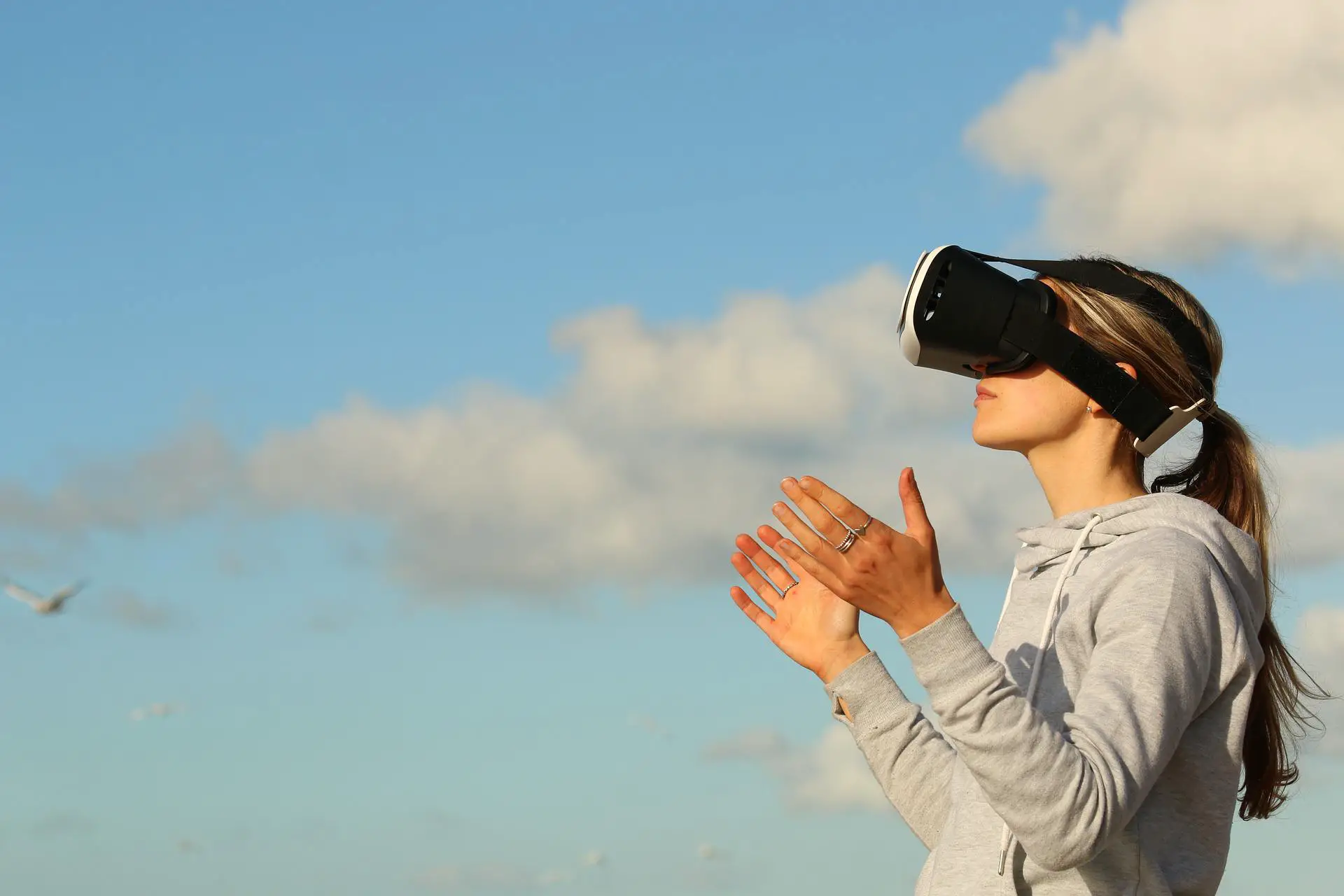
Valor's Future with Extended Reality.
Extended reality paired with our Valor suit will reimagine and vastly improve sports training, physical therapy, and everything that relies on understanding human interaction. In this blog, we will discuss Valor’s current features, its ability to incorporate X...

Julia Duarte
—
2022/08/10
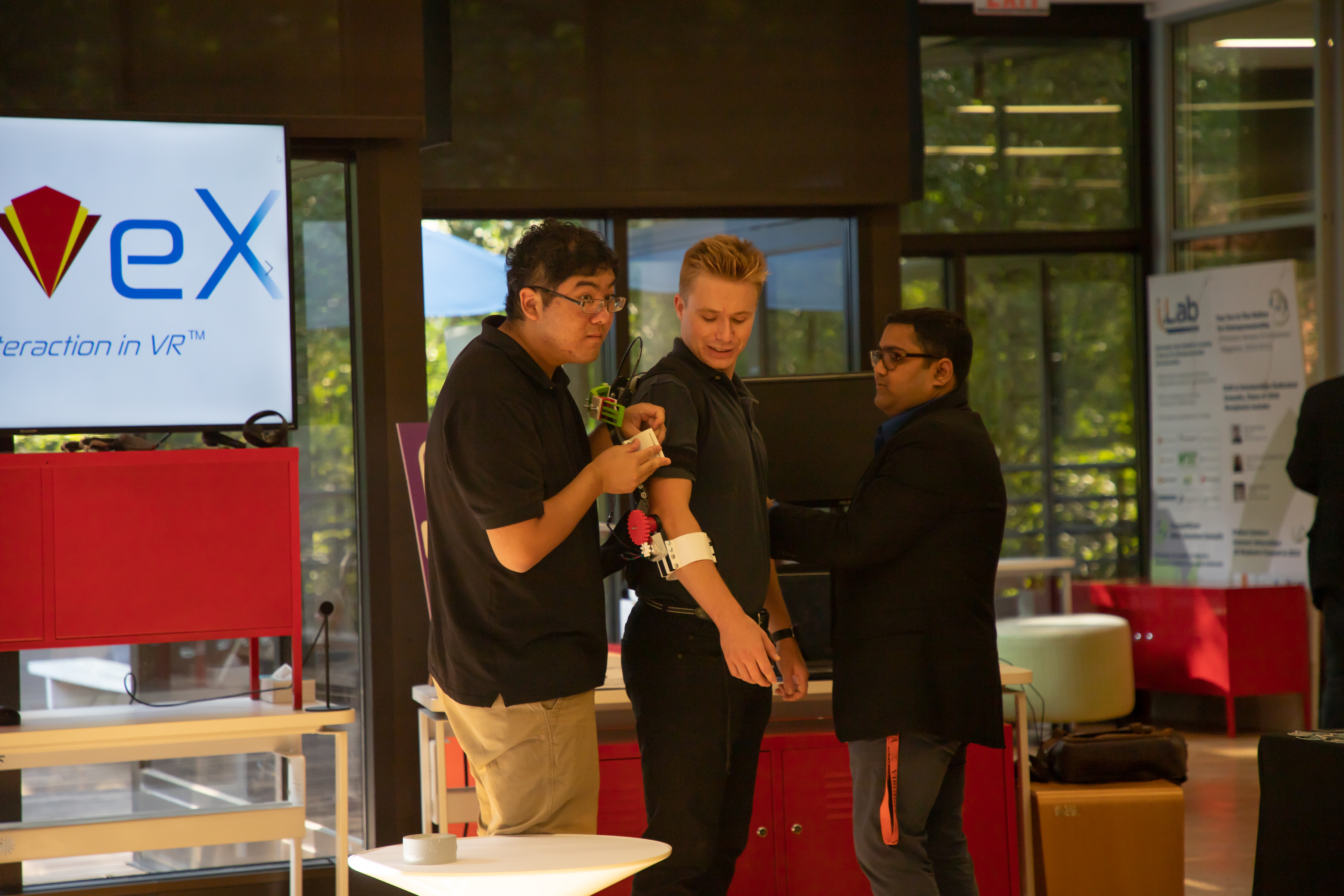
About the Beginning of Brave.
The idea for Brave came about when two engineering students, William Kodama and Dhyey Parikh, our current CEO and COO respectively, completed a semester-long project for a class their first year at the University of Virginia in 2017. That semester-long project...

Julia Duarte
—
2022/08/10
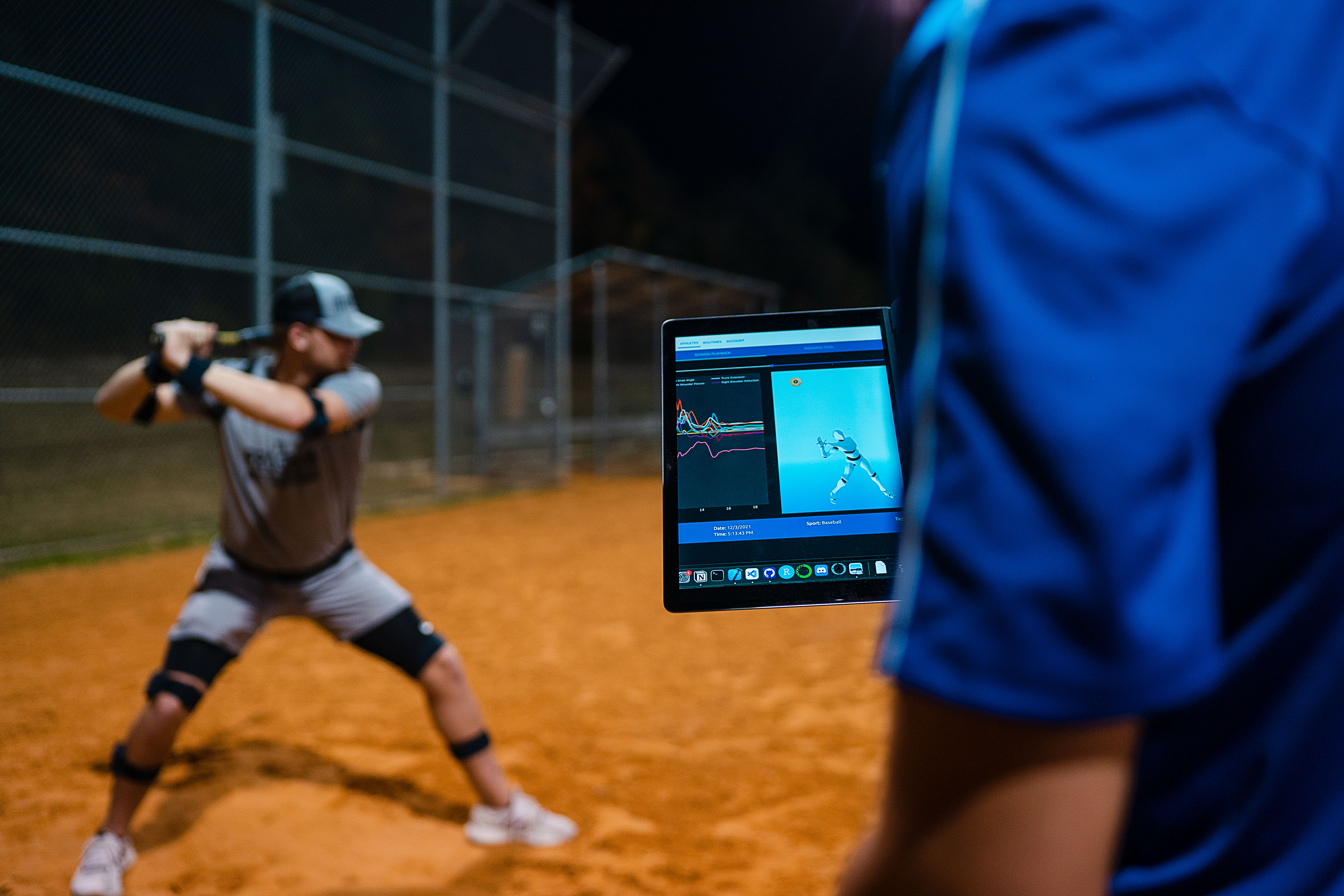
Valor's Beginning
At the start of Brave, our founders had a vision: they wanted Brave to be big to eventually create real change and make an impact wherever the company took them. Throughout their company journey, their vision has largely stayed the same, however the steps to a...

Julia Duarte
—
2022/08/10
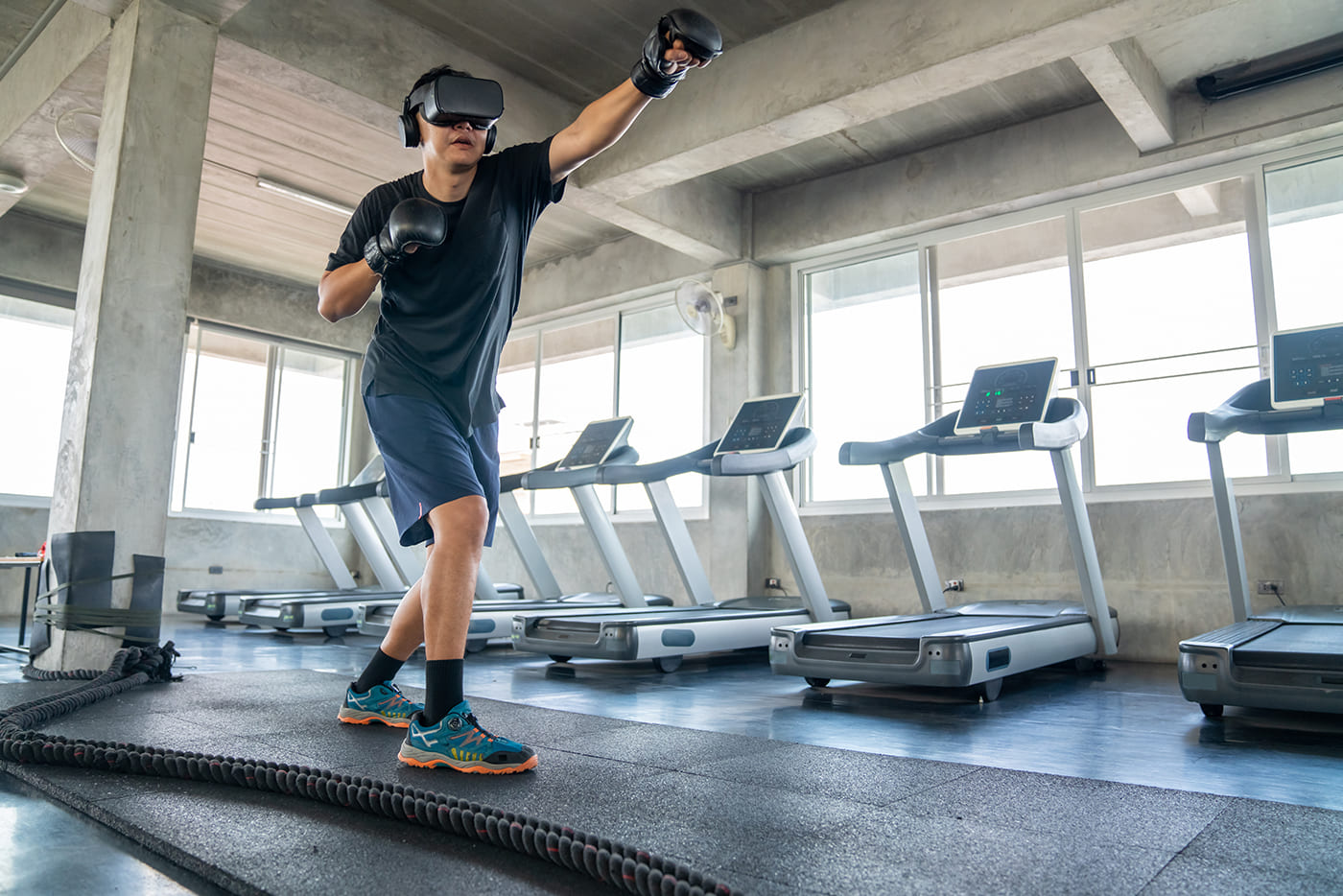
The Athletaverse
This blog will share an inside look into a new and emerging world: the Athletaverse™. It is a place where athletes can come together to work out, compete, and improve with coaching in a physical-virtual space; a place accessible for all who put the Valor suit...

Julia Duarte
—
2022/08/10
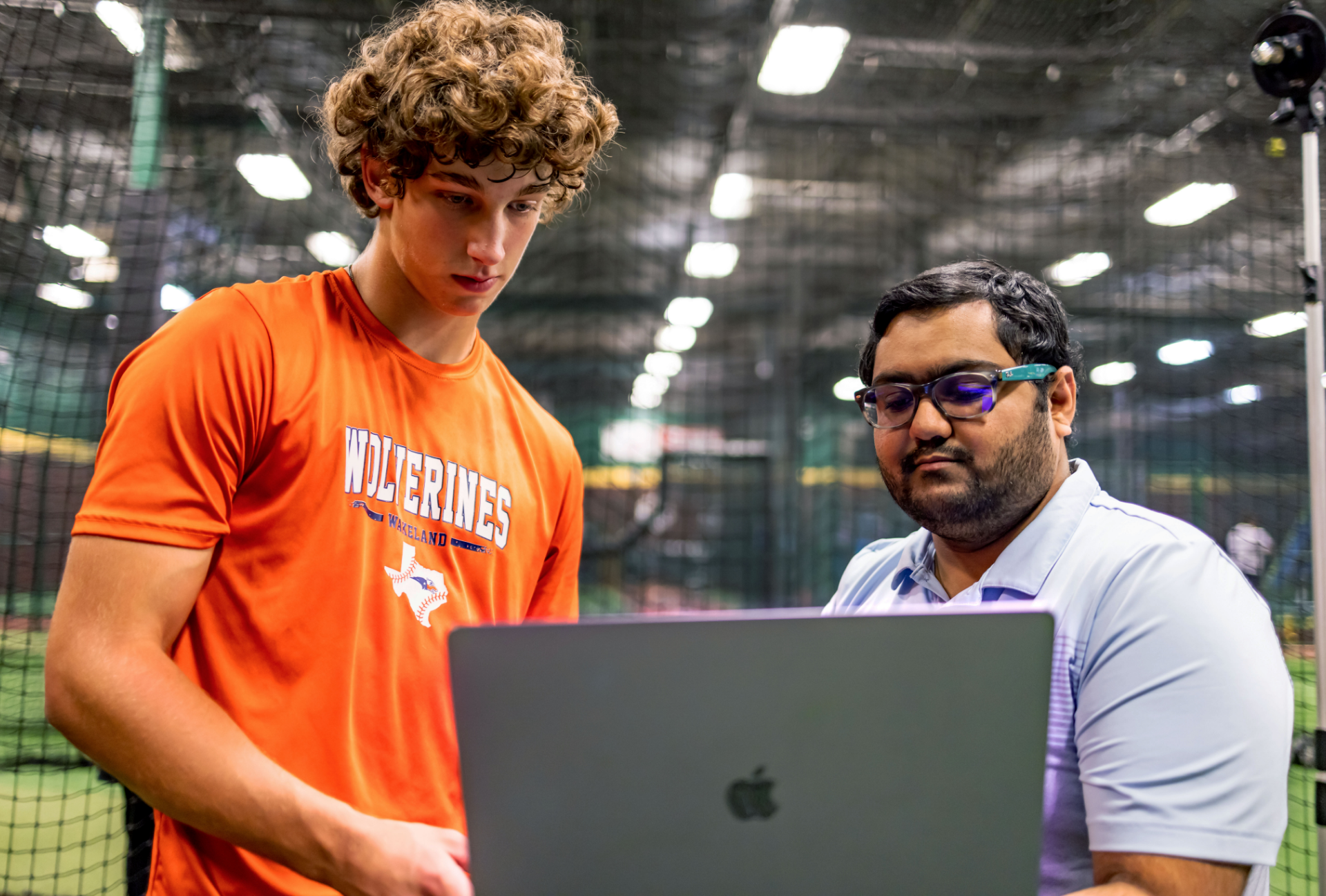
Our Partnership with DBAT-Lewisville
For the past year, Brave has maintained a partnership with VFG Sports Performance, the ownership group for multiple D-BAT (Lewisville, Waco and SE Arkansas) indoor baseball and softball training facilities . Many conversations with the ownership team of Cory L...

Julia Duarte
—
2022/08/10
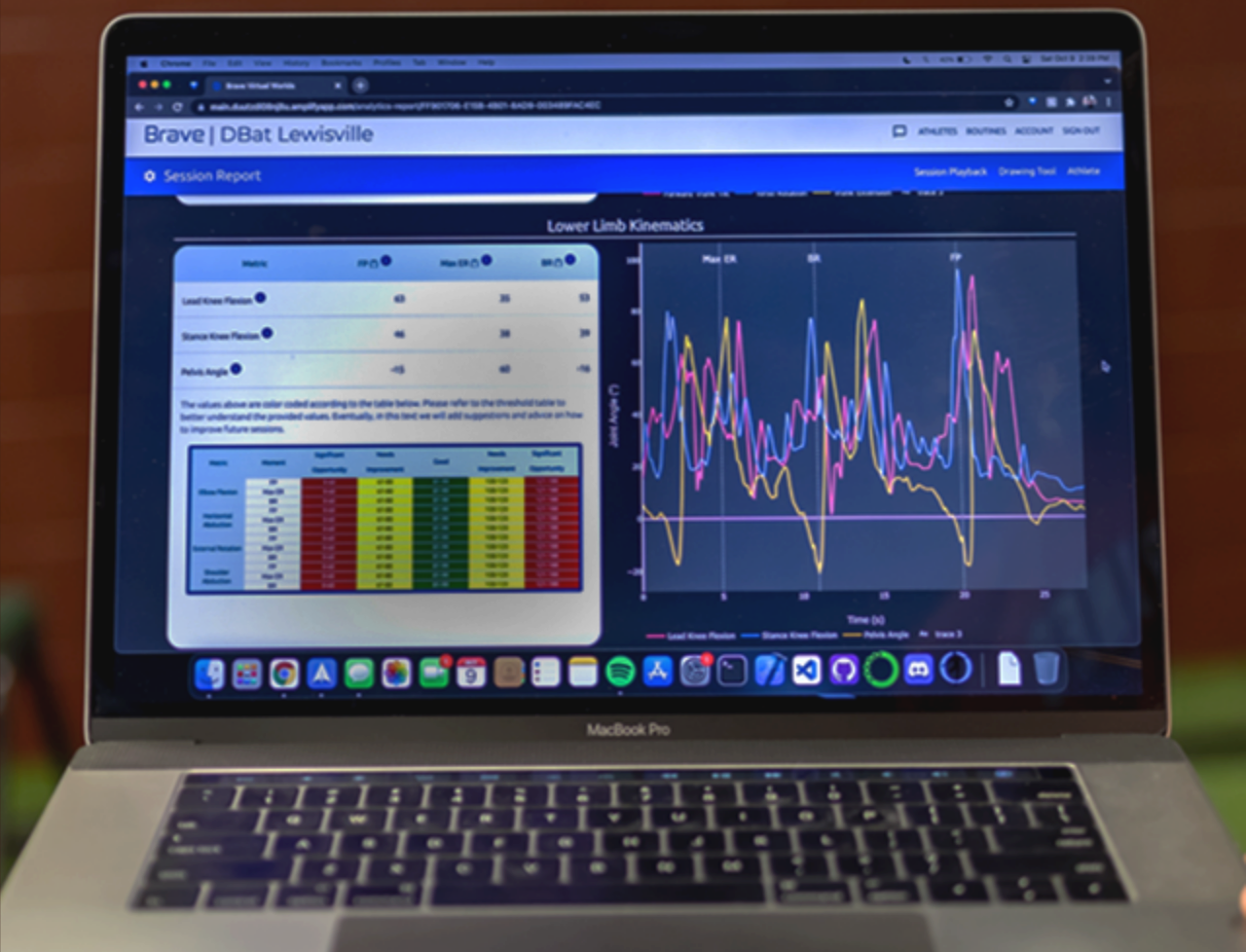
Valor's Software
Brave’s Valor captures motion anytime, anywhere. Consisting of a suit and accompanying software, the Brave team has spent over two years fine-tuning the product with constant customer feedback to become the best version possible.

Julia Duarte
—
2022/08/10
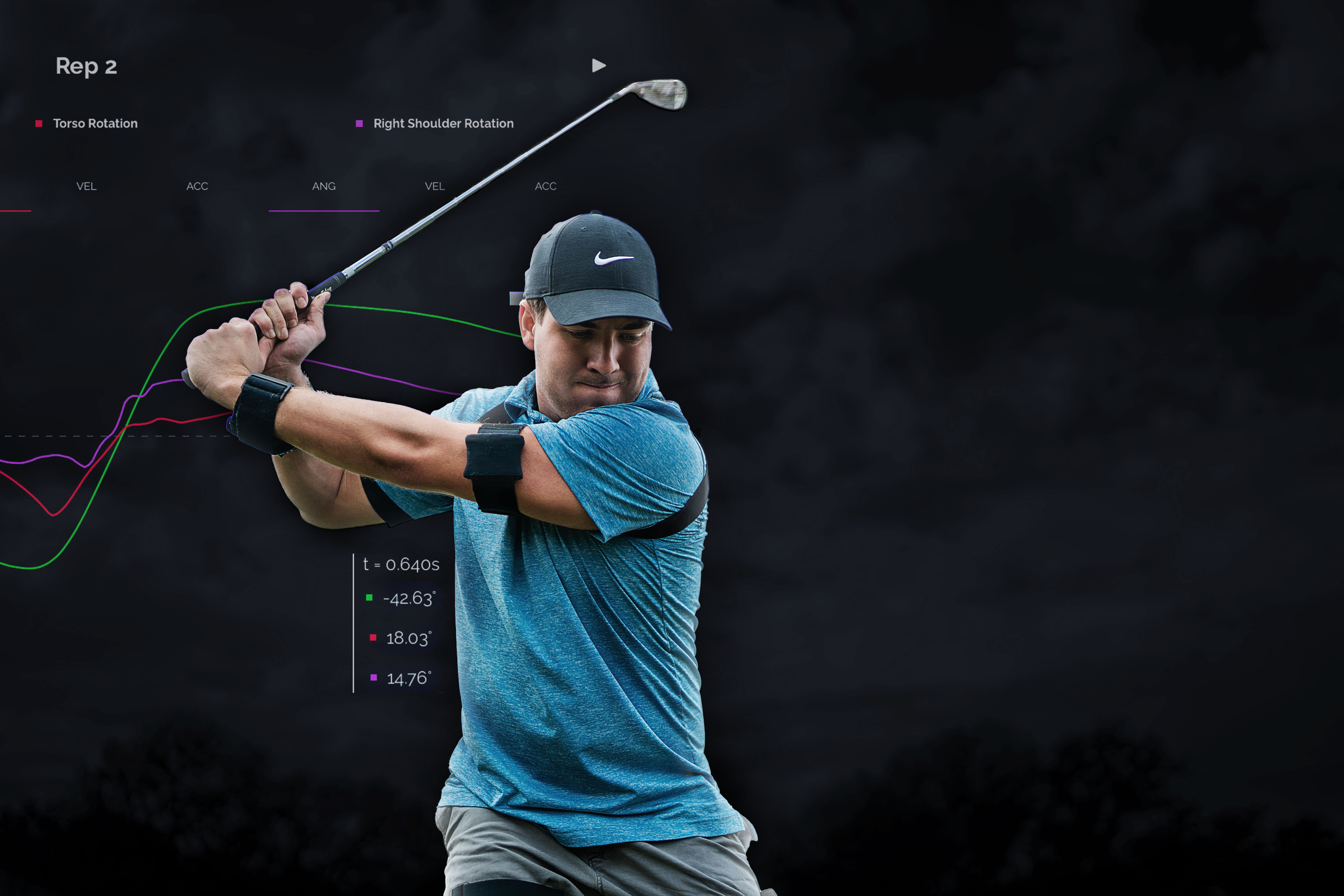
Valor for Golf
For golfers – Valor has the power to transform and strengthen your swing. From start to end, Valor sensors track every inch of your motion, and the software instantly analyzes it, from which it can tell you that your right shoulder is a bit too high or your po...

Julia Duarte
—
2022/08/10
© 2023 Brave Virtual Worlds, Inc.
All rights reserved.